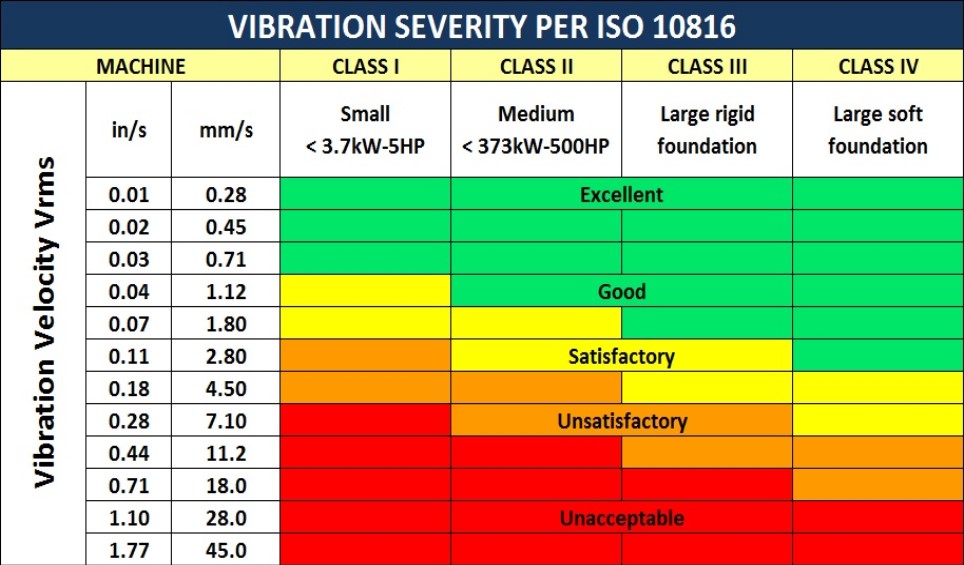
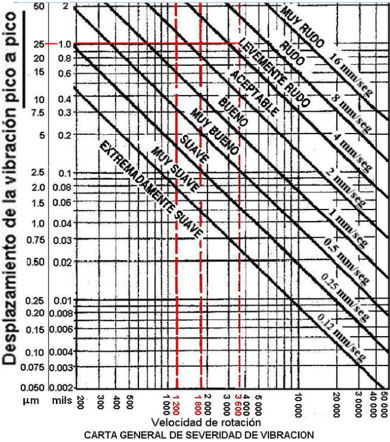
Dynamic Balancing, or Dynamic Equilibration, is the process by which the vibration caused by an excess of mass in an area of the rotor that causes its center of mass to move away from its geometrical center is reduced.
There are 3 ways to evaluate good balancing:


For this reason, the best industrial balancing system is one that allows you to solve the balancing problem quickly and gives you a report with useful data and graphs. It also means having good support from the manufacturer and its representatives in case of technical questions and need for spare parts in a short time.
When looking for a dynamic balancing equipment, we have to ask ourselves if we require a simple equipment that provides only numerical values or if we also want to perform simple vibration analysis using the available graphical tools. Some brands of balancing equipment provide only numerical values while others show vibration signals over time and their FFT spectra.
Many times, the price difference is minimal, which prompts one to think that it is better to equip oneself with a more complete balancer that provides more tools. This is easy to understand because when you do a good job, you can easily expand the type of service provided from just balancing to analysis and balancing.
It is also useful to know if the balancing equipment is intended to be used to equip a workshop balancing machine or if your need is more for on-site field balancing services, or for both applications.
Accuracy when balancing is very important for the work to be fast and, above all, to achieve the degree of balance you are asking for. This will depend on at least 2 factors:
A good resolution will help us to identify the vibration of 2 nearby machines rotating at very similar speeds.
You need to ask yourself if the equipment is practical to transport and especially when using it near the machines. Often cables can get in the way if they are too long and this represents a risk. Currently, few manufacturers have the highly portable option offered by wireless sensors. These have the ability to work with cell phone apps, which ultimately do the same job as wired equipment, such as the WiSER™ wireless sensors and the WiSER™ VIBE PRO app for iOS and Android.
Most of the Dynamic Balancing systems propose simultaneous measurements of 2 or 4 channels, which speeds up the signal acquisition. But beware, some brands offer this as an option at additional cost.
For both experienced and beginners, it is good to have tools such as the Balancing Calculator to help, for example, to:
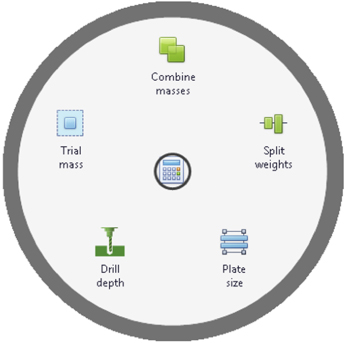
Another useful function is to have the facility to perform Series Balances in which, in a single run, correction weights can be determined without having to perform test runs. It is an excellent option that this process is easy to perform on on-site machinery as well as on workshop balancers.
There are balancing equipment such as the DigivibeMX® M10 that are compatible with different types of sensors, such as the very common accelerometers, speedometers and proximity sensors.
When talking about compatibility, it is recommended that the balancing equipment can be configured in the way we know how to work, both in the type of units used (metric or imperial), the way of measuring the angles to place the correction weights and the position of the 0.
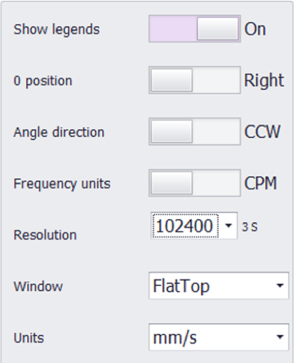
Within the more technical parameters, it is good to be able to select the framing, the resolution and the frequency or speed units that we want to use.
The format plays an important role because if the report is generated in a file type that is not editable it causes more problems than solutions. That is why it is convenient to have a Word or Excel type format, and then convert it to PDF, for example.
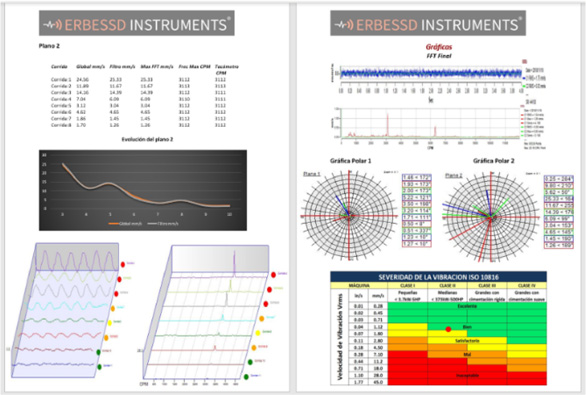
The graphical interface, the ease of including additional information in the reports and the certainty that the work will have the expected quality, is essential to make balancing an enjoyable and profitable activity.
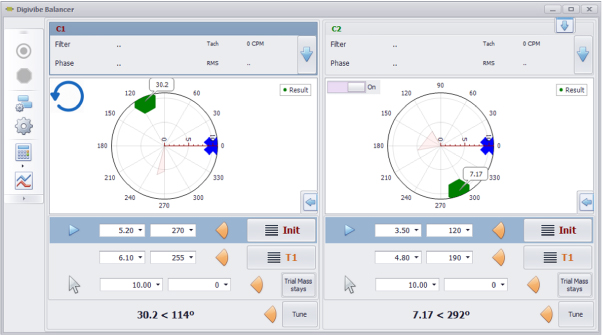
How long will it take me to recover my investment?
Who will use the equipment?
Is the user careful or does it require a battle equipment?
The price of new equipment and licenses, as well as accessories and spare parts is a very important issue because there is equipment whose simple cost of licensing and maintenance service equals the cost of the equipment itself, and this each year. That is why it is important to make sure of these details and to see the feasibility of updating them every time they are required.
It is always the case that when a piece of equipment is discontinued, the question arises as to whether we will be able to obtain spare parts, what if a cable is damaged, or where can I get a new sensor, and will it be compatible?
Few brands offer modular equipment that can be upgraded in parts without having to invest in all new equipment every time a critical part is damaged.
I invite you to review these points and compare between different brands, and of course, what better than a demonstration of the operation to better focus the decision? Ask about our DigivibeMX® options and we look forward to providing you with the most relevant information for your decision.